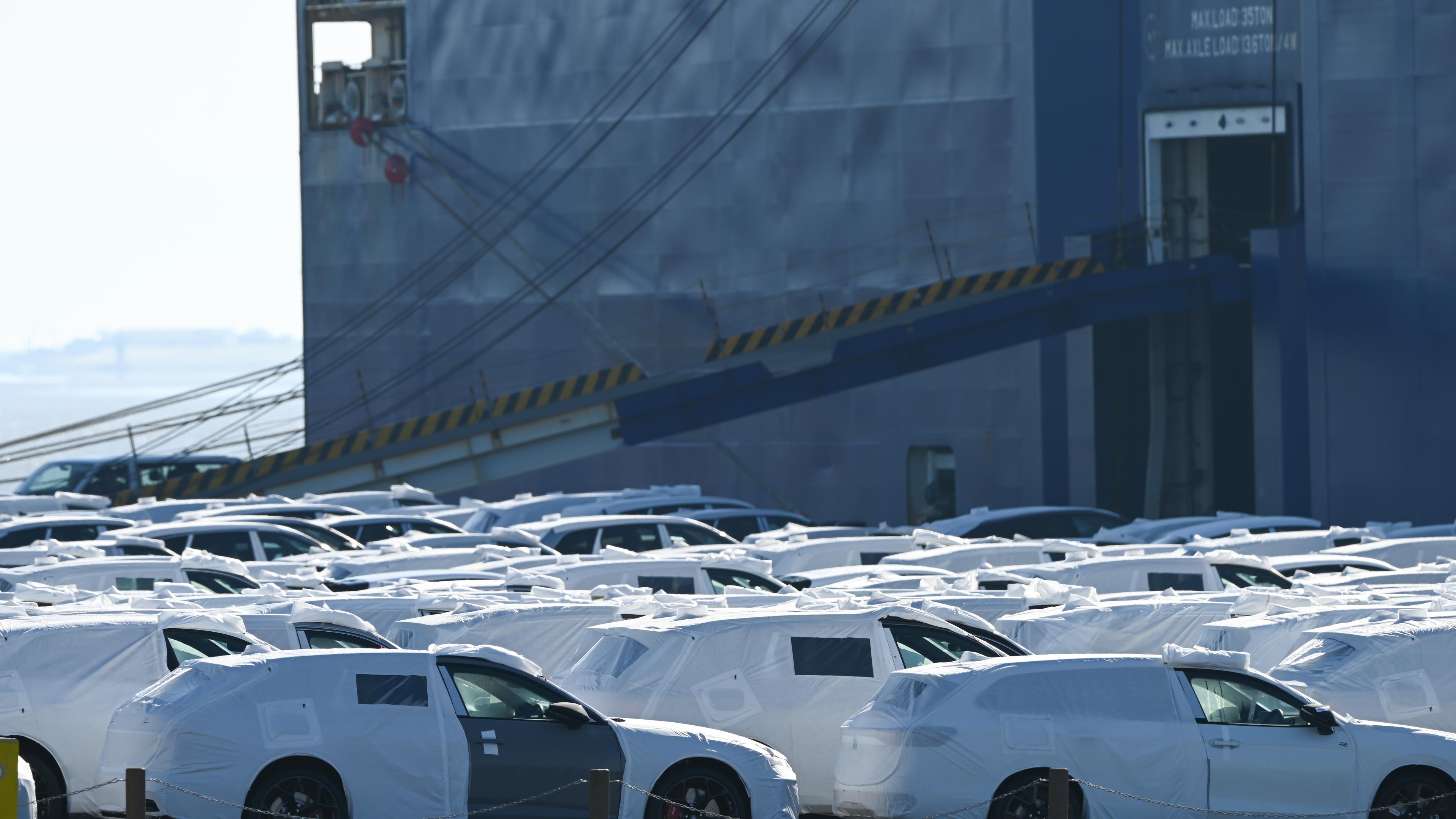Blackout in Switzerland: The most important answers

Power supply
What if nothing works? The most important questions about a blackout in Switzerland
Once every 30 years, the federal government expects a large power failure in Switzerland. The most important questions and answers at a glance.
A family in Barcelona eats for candlelight due to the power failure.
Dark subway stations, cleared stadiums, honking cars at full intersections, eternal queues in front of ATMs: The descriptions of the blackout in Portugal and Spain are drastic.
The rest of Europe was spared because the connection to the European network was automatically separated. And yet the question arises: What would such an incident in Switzerland look like? Answers to the most important questions in the overview.
Has there been a blackout in Switzerland?
Yes, most recently on June 22, 2005. The train traffic was affected by the Blackout at the time: the entire Swiss rail network paralyzed over several hours.
The Federal Council is one of the six largest risks for Switzerland. According to the Federal Office for Population Protection, however, this only occurs once every 30 years. Regional power failures are more common due to extreme weather events – such as in the Maggiatal last summer or in the Valais at Easter.
What are the consequences of such a power failure for Switzerland?
With the electricity, all electrically operated devices and systems fail. Say: light and heating no longer work. The water supply can partially collapse, as can the telephone or internet connection. In addition, public transport is severely restricted, traffic lights fall out, ATMs become unusable.
Hospitals and larger companies can largely fall back on their own generators or emergency power units. Overall, the consequences of a power failure of several days would be noticeable economically and socially than a month, the federal government writes.
With a power failure of three to four days, it expects financial loss and coping costs in the three -digit million range. To this end, economic performance is reduced by around CHF 1.6 billion, for example because employees could no longer work during this time.
How can I prepare for a blackout?
It is best to start with an emergency plan – for example with contact information from relatives, relevant meeting points and checklists for possible evacuation.
According to the federal government, every household should have an emergency supply. This includes an emergency pharmacy, storable food for a week and enough water for drinking and cooking as well as for hygiene. The federal government recommends food that does not have to be cooked. Templates and checklists for emergency plans the federal government provides.
I have a solar system. Do I have to worry anyway?
Yes. Solar systems are usually connected to the power grid. If this fails, it would have to produce electricity for the whole environment. Because a « small » system would be overloaded, it switches off automatically.
So that this does not happen, a special, hybrid inverter is needed that works from the network even without electricity. There is also a power memory that can also be reactivated without external power source. The conversion costs CHF 10,000 to CHF 15,000.
How can I find out more in the event of a crisis?
The Internet often does not work in the event of a power failure. The authorities therefore always communicate important information via radio and television. For this, the federal government recommends a battery-operated radio with DAB+reception-of course with replacement batteries.





:format(webp)/s3/static.nrc.nl/wp-content/uploads/2024/05/17165624/data115710682-52606a.jpg)


